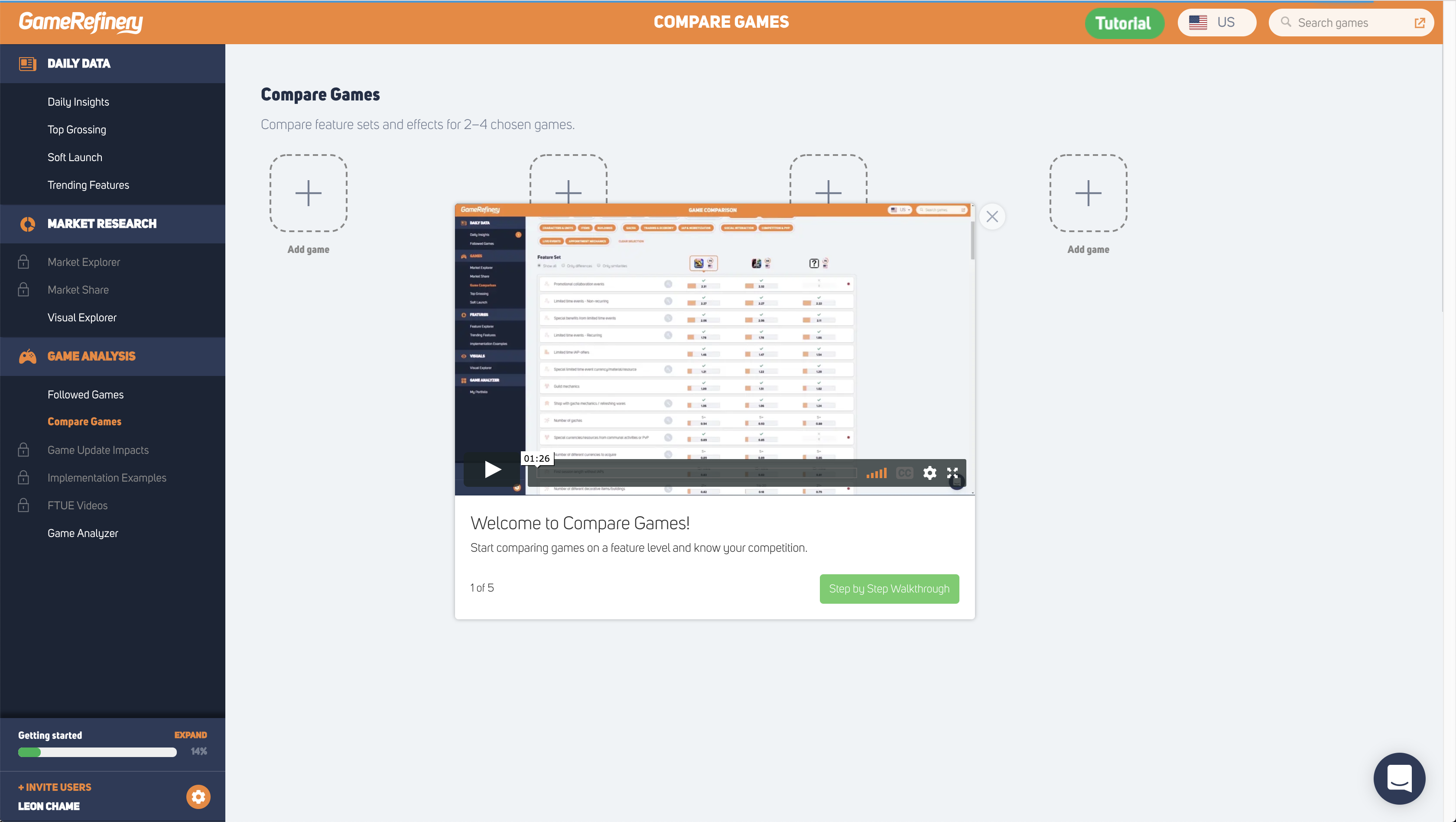
Chameleon raises cash to help SaaS companies build better onboarding experiences
[ad_1]

Chameleon, a startup providing low- and no-code tools designed to help software companies personalize the appearance of their apps, today announced that it raised $13 million. Part of a Series A funding round led by Matrix Partners with participation from True Ventures, the proceeds — which bring Chameleon’s total raised to $14.8 million — will be put toward expanding the platform and growing headcount from 30 employees to around 45 by the end of the year, according to CEO Pulkit Agrawal.
One recent, noteworthy shift in the software-as-a-service (SaaS) industry has been toward “consumerized” business models, Agrawal told me in an interview. Month-to-month payments from end-users are replacing annual corporate contracts sold to executives — one recent survey found that more than 50% of SaaS companies now leverage usage-based pricing. Tangibly, this means that the decision-making power is increasingly in the hands of the individual user, posing a problem for software vendors that lack a way to engage these users.
“It is imperative [vendors] are able to capture the attention of users and help them find ‘aha’ moments, so they can discover value and continue to deepen their engagement,” Agrawal said via email. “However dedicating a product and engineering team to this initiative puts at risk core feature building, which leads to the gap of communicating functional value without a means to — and where Chameleon fills the void.”
Agrawal founded Chameleon in 2015 with Brian Norton, a former Salesforce engineer, who he met in San Francisco working at a mobile app startup (Shoto). When the pair saw the long-term impact of user onboarding, they convinced a Y Combinator-backed company to let them build their user onboarding experience. Soon after that, Agrawal and Norton started commercializing the solution, found a paying customer and Chameleon was born.

Image Credits: Chameleon.io
Chameleon’s platform lets software development teams create and test in-product experiences including banners, tooltips, modals, walkthroughs and checklists. Devs can use Chameleon — which integrates with analytics tools from HubSpot and Salesforce — to trigger other services in-app, from Typeform surveys to Zendesk chat sessions.
“Chameleon is important for people who build software and care about getting usage,” Agrawal argued. “Normally, this is digital product teams in large companies. Sometimes they’re also building apps for internal or alternative users where they need to communicate the different features and value propositions in-product, and Chameleon can be leveraged there also.”
Chameleon recently launched HelpBar, a new offering that delivers a “spotlight search” experience within apps so users can search across a company’s help articles, developer docs and blog posts. Also new as of this year is Microsurveys, single-question in-product surveys whose data can be piped into existing analytics tools.
Chameleon’s services somewhat overlap with those of rivals in the low- and no-code development space. For example, CommandBar, which landed $19 million in funding in April, is developing a search bar that devs can use to power natural language searches within their apps. Meanwhile, WorkOS, which raised $80 million in June, lets developers quickly add enterprise features like single sign-on (SSO) and directory sync to their software.
Agrawal also sees Pendo and Appcues as prime competitors. But he asserted that San Francisco-based Chameleon’s business has remained strong as of late, despite headwinds; Chameleon currently has roughly 300 customers.
“Slowdowns and cost efficiency measures make companies want to leverage scalable revenue models, including self-service and product-led growth, which leads to an increase in demand for Chameleon,” Agrawal said. “Chameleon is the deepest product adoption platform that enables modern SaaS companies to personalize and customize their user experience, and thereby improve feature discovery and user engagement.
[ad_2]
Source link


